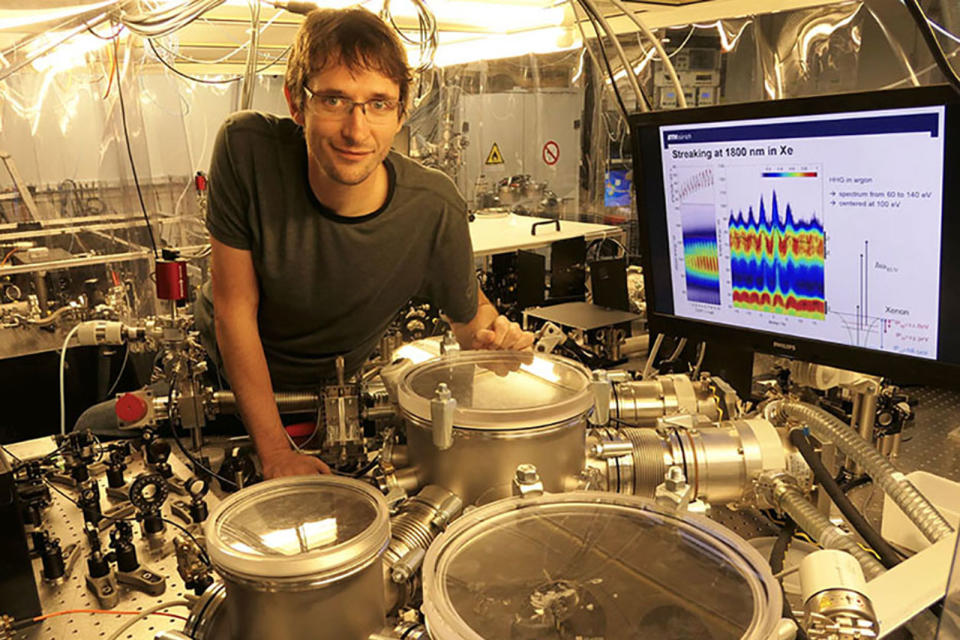World's quickest laser pulse can track electrons in slow motion
It's shedding new light on how chemical reactions work.
The race to produce ever-faster laser pulses has set a new record, and it could lead to breakthroughs in our understanding of atom-level physics. A team at ETH Zurich has shortened an X-ray pulse to just 43 attoseconds (10-18 seconds), which is quick enough that you can observe electrons moving in slow motion. That, in turn, makes it realistic to study extremely fast processes, such as the formation of chemical bonds or the creation of electricity in solar cells.
The system uses a mid-infrared laser to generate "soft" X-ray pulses with an extremely large spectral bandwidth. Previous attosecond-level pulses revolved around titanium-sapphire lasers, which limited the potential photon energy and effectively ruled out studying large chunks of the periodic table.
ETH's breakthrough could significantly improve our understanding of how electrons behave, but there are also some practical benefits. You could see more efficient solar panels as scientists learn which materials and methods excite electrons the most. You can also use these laser pulses to change reactions -- imaging stopping or slowing a natural reaction by zapping a molecule at just the right moment. Researchers expect to produce even shorter pulses going forward, too, so they're expecting more detailed observation that covers more elements.


